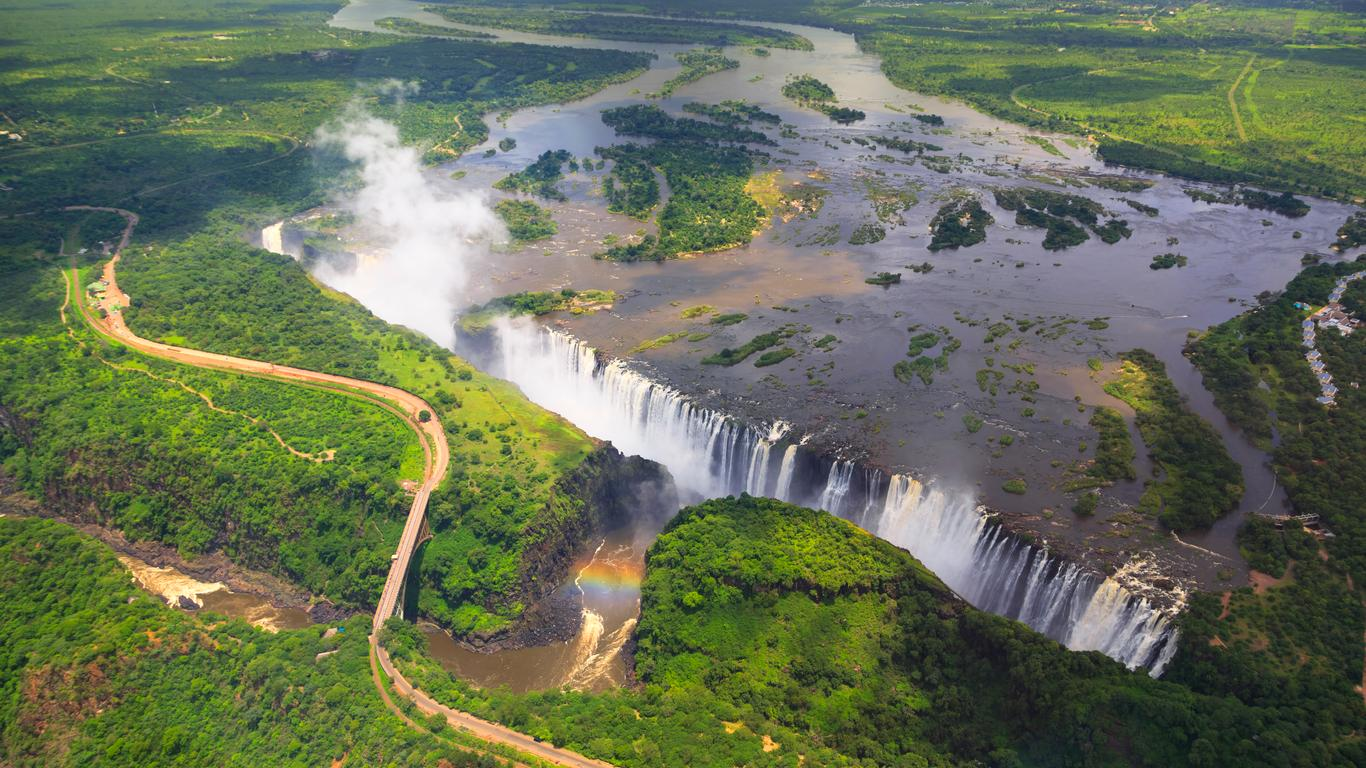Zimbabwe, located in Southern Africa, is a country known for its diverse landscapes, rich cultural heritage, and abundant wildlife. From the majestic Victoria Falls to the rugged beauty of Hwange National Park, Zimbabwe offers a unique blend of natural wonders and vibrant traditions. With a history that spans ancient civilizations to modern independence, Zimbabwe is a land of contrasts, where history, culture, and adventure come together to create unforgettable experiences.
Table of Contents
Geography
Zimbabwe is a landlocked country situated in the southern part of Africa, covering an area of approximately 390,757 square kilometers. It is bordered by four countries: South Africa to the south, Botswana to the southwest, Zambia to the north, and Mozambique to the east. The country is characterized by a diverse topography, featuring plateaus, mountains, and valleys.
The Great Zimbabwe National Monument, a UNESCO World Heritage site, is located in the southeastern part of the country and showcases the remains of an ancient city built between the 11th and 15th centuries. The country’s highest point is Mount Nyangani, standing at 2,592 meters, located in the eastern highlands. Zimbabwe’s rivers, including the Zambezi and Limpopo, play a crucial role in its ecology and are essential for agriculture and hydropower generation.
Zimbabwe experiences a subtropical climate, with a rainy season from November to March and a dry season from April to October. The varying climate across the country supports a wide range of ecosystems, from savannahs to montane forests, making it a haven for wildlife and outdoor enthusiasts.
States of Zimbabwe
Zimbabwe is divided into 10 provinces, which function similarly to states. These provinces are further subdivided into districts and wards. The 10 provinces in Zimbabwe are:
| No. | Province | Capital |
|---|---|---|
| 1 | Bulawayo | Bulawayo |
| 2 | Harare | Harare |
| 3 | Manicaland | Mutare |
| 4 | Mashonaland Central | Bindura |
| 5 | Mashonaland East | Marondera |
| 6 | Mashonaland West | Chinhoyi |
| 7 | Masvingo | Masvingo |
| 8 | Matabeleland North | Lupane |
| 9 | Matabeleland South | Gwanda |
| 10 | Midlands | Gweru |
History
Zimbabwe’s history is rich and complex, rooted in ancient civilizations and shaped by colonial struggles. The region has been inhabited for thousands of years, with archaeological evidence of early human settlement dating back to the Stone Age. The Great Zimbabwe civilization emerged between the 11th and 15th centuries, known for its impressive stone structures and advanced trading networks.
In the late 19th century, European explorers and settlers arrived in Zimbabwe, leading to increased foreign interest in the region. The British South Africa Company, led by Cecil Rhodes, played a significant role in the colonization of Zimbabwe, known as Southern Rhodesia. This period was marked by land dispossession, economic exploitation, and social unrest.
Zimbabwe gained independence from British rule on April 18, 1980, following a protracted liberation struggle. Robert Mugabe became the country’s first prime minister and later its president. The post-independence era saw significant political and economic challenges, including land reform programs and international sanctions. Despite these difficulties, Zimbabwe has made strides in rebuilding its economy and fostering national unity.
Top Ten Must-Visit Destinations
1. Victoria Falls
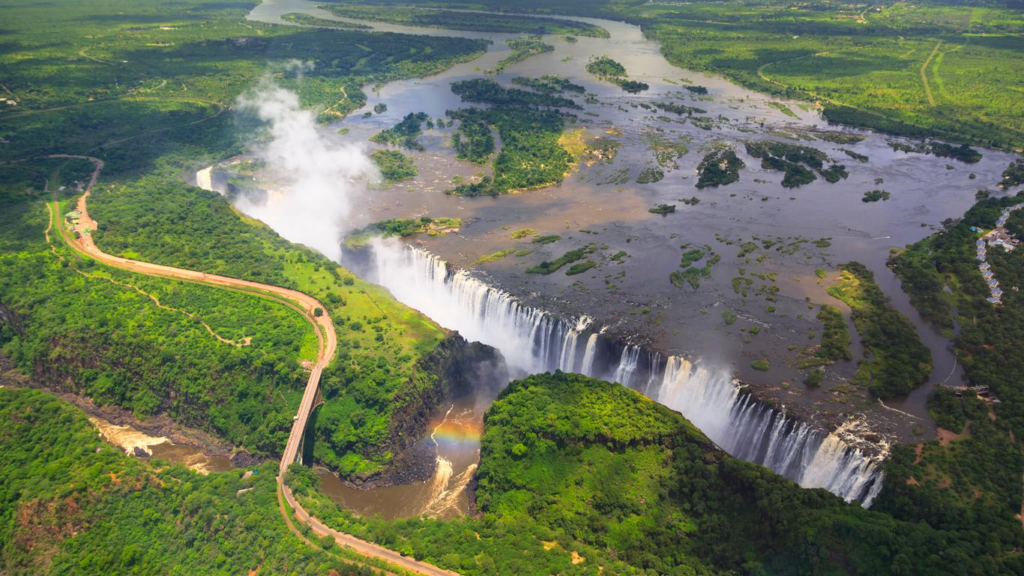
Victoria Falls, known as “Mosi-oa-Tunya” or “The Smoke That Thunders,” is one of the largest and most breathtaking waterfalls in the world. Straddling the border between Zimbabwe and Zambia, the falls are a UNESCO World Heritage site and a popular destination for adventure seekers. Visitors can enjoy various activities, including helicopter rides, bungee jumping, white-water rafting, and guided tours of the falls.
The surrounding area offers numerous viewpoints, walking trails, and opportunities for wildlife viewing. The vibrant town of Victoria Falls serves as a gateway to this natural wonder, providing accommodations, dining options, and cultural experiences for visitors.
2. Hwange National Park
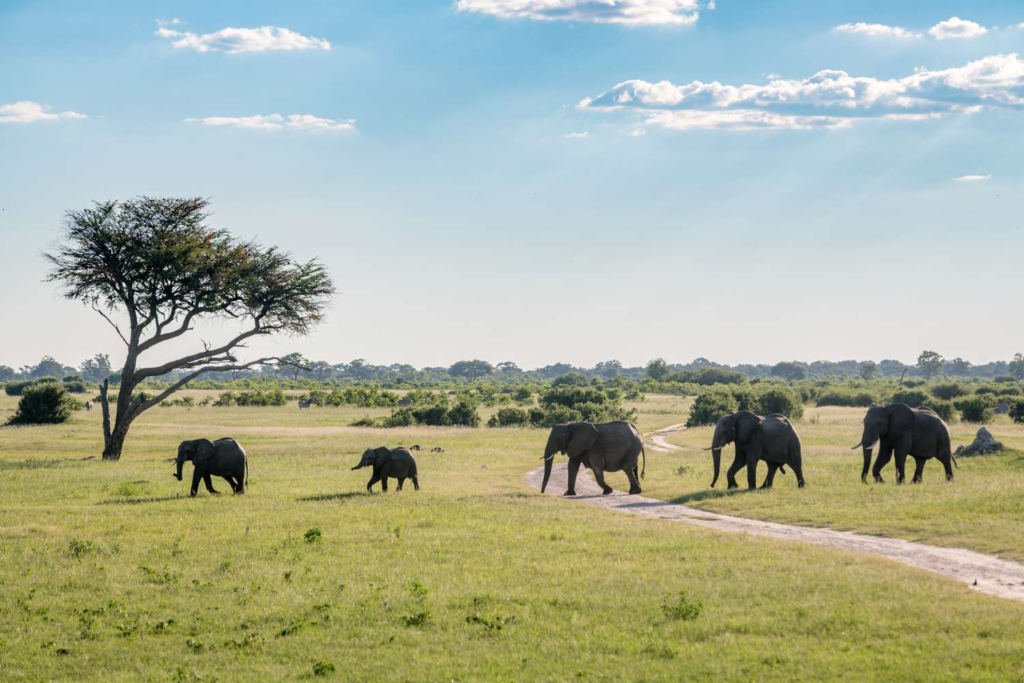
Hwange National Park is the largest national park in Zimbabwe, known for its vast savannahs and diverse wildlife. The park is home to one of the largest populations of elephants in Africa, along with lions, leopards, cheetahs, and various antelope species. Visitors can explore the park through guided game drives, walking safaris, and birdwatching tours.
The park’s waterholes attract wildlife during the dry season, offering excellent opportunities for viewing animals up close. Hwange’s unspoiled landscapes and abundant wildlife make it a must-visit destination for nature enthusiasts and adventure seekers.
3. Chobe National Park
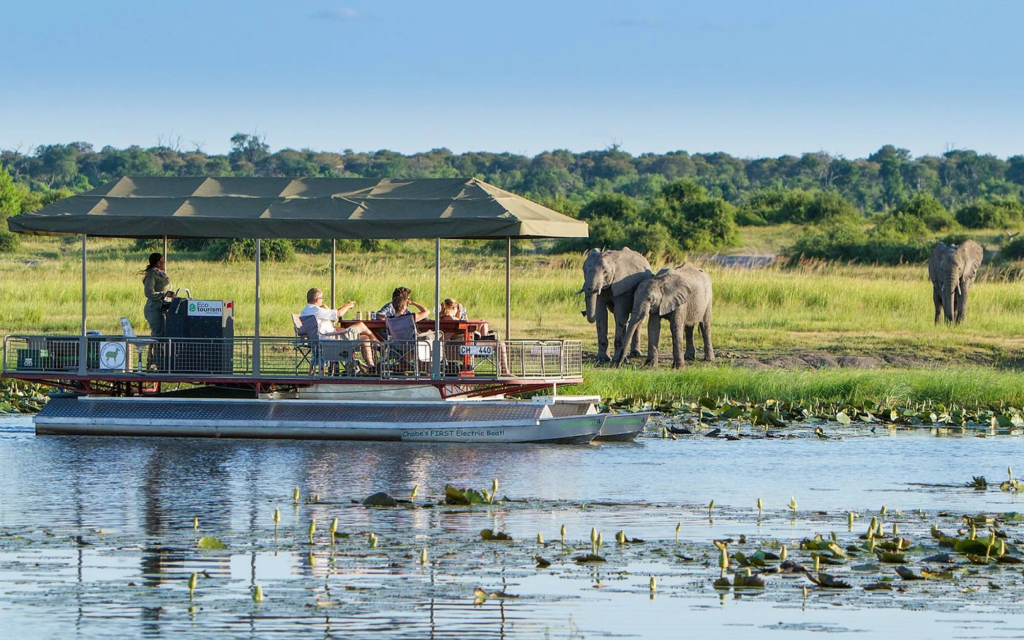
Chobe National Park, located just across the border in Botswana, is easily accessible from Zimbabwe and is renowned for its stunning landscapes and diverse ecosystems. The park is famous for its large elephant herds and offers exceptional wildlife viewing opportunities. Visitors can enjoy boat cruises along the Chobe River, providing a unique perspective of the wildlife and stunning sunsets.
Chobe National Park is home to a variety of wildlife, including buffalo, lions, and a wide range of bird species. The park’s proximity to Victoria Falls makes it a popular add-on for travelers seeking to experience both natural wonders.
4. Great Zimbabwe National Monument
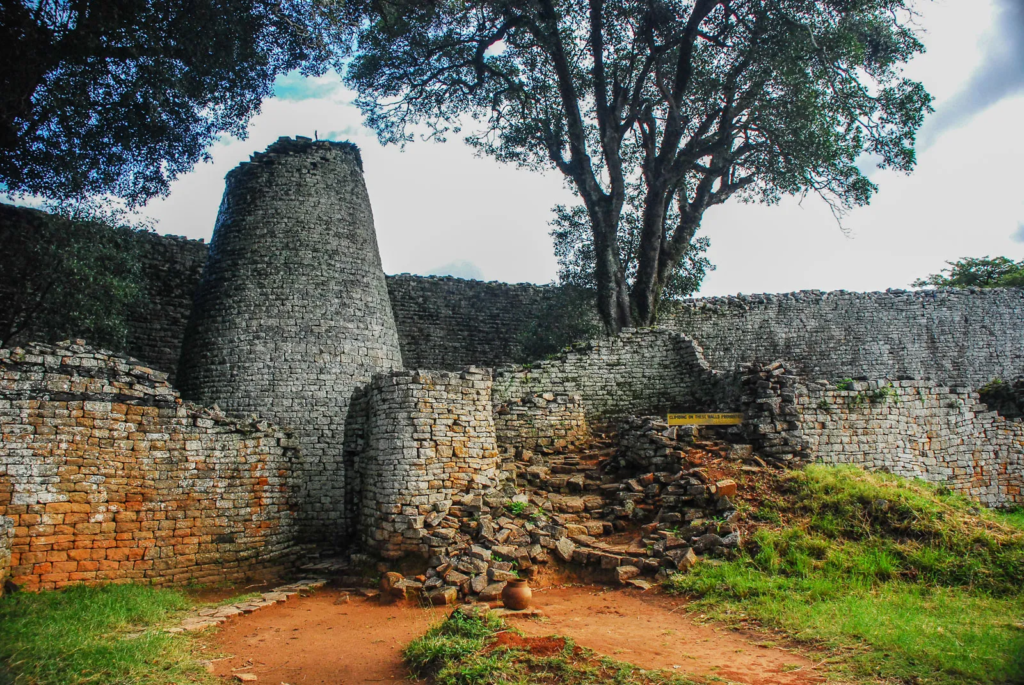
The Great Zimbabwe National Monument is a UNESCO World Heritage site and one of Africa’s most significant archaeological sites. The ruins of this ancient city date back to the 11th century and are a testament to the ingenuity and architectural skills of the Great Zimbabwe civilization. Visitors can explore the impressive stone structures, including the Hill Complex and the Great Enclosure.
The site offers a glimpse into the rich history and cultural heritage of Zimbabwe, and guided tours provide insight into the ancient civilization that thrived in the region.
5. Matobo National Park
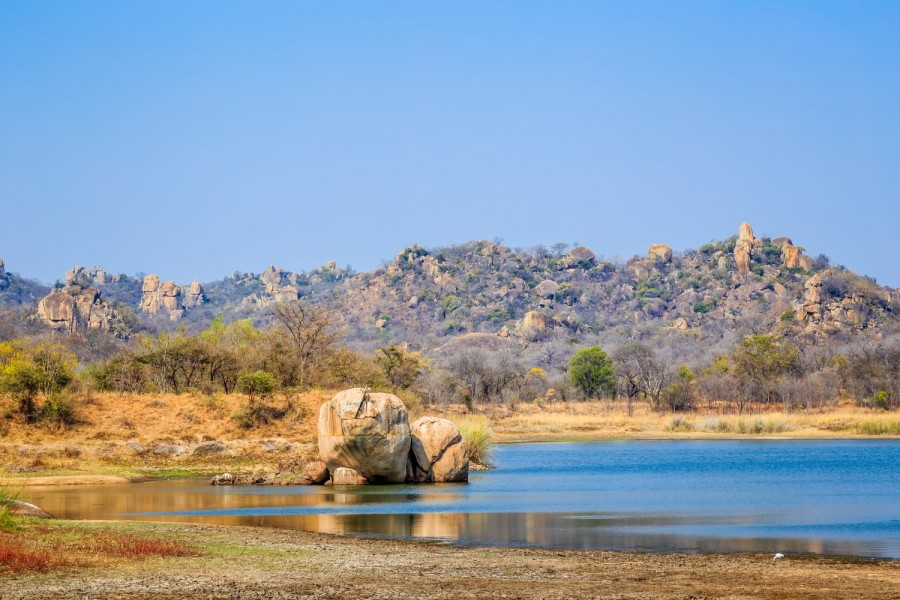
Matobo National Park is known for its unique rock formations, rich biodiversity, and cultural significance. The park is home to ancient rock paintings, sacred burial sites, and stunning landscapes. Visitors can explore the park’s numerous hiking trails, go on game drives, and visit the grave of Cecil Rhodes, a prominent figure in Zimbabwe’s history.
The park is also home to a significant population of black and white rhinos, making it an important conservation area. The breathtaking scenery and rich history make Matobo National Park a must-visit destination for nature lovers and history enthusiasts.
6. Bulawayo
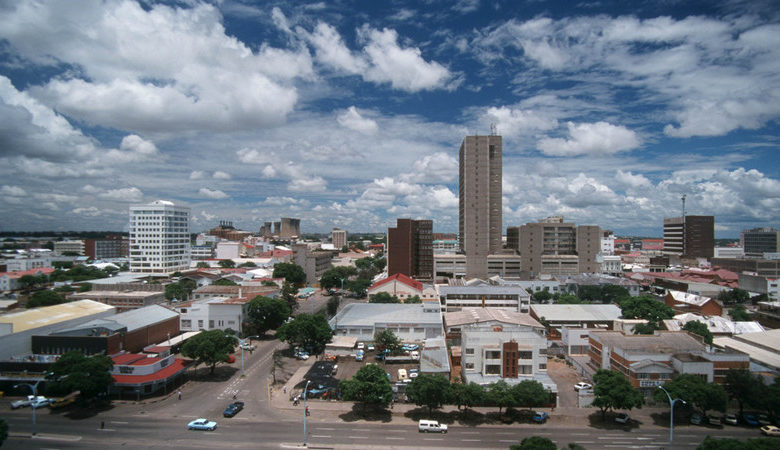
Bulawayo is Zimbabwe’s second-largest city and is known for its rich cultural heritage and historical significance. The city features a blend of colonial architecture and modern developments. Visitors can explore the Natural History Museum, which showcases the country’s diverse flora and fauna, as well as the Bulawayo Railway Museum, highlighting the city’s railway history.
The nearby Khami Ruins, a UNESCO World Heritage site, offer a glimpse into the pre-colonial civilization of the region. Bulawayo’s vibrant markets, cultural festivals, and warm hospitality make it a great place to experience Zimbabwean culture.
7. Lake Kariba
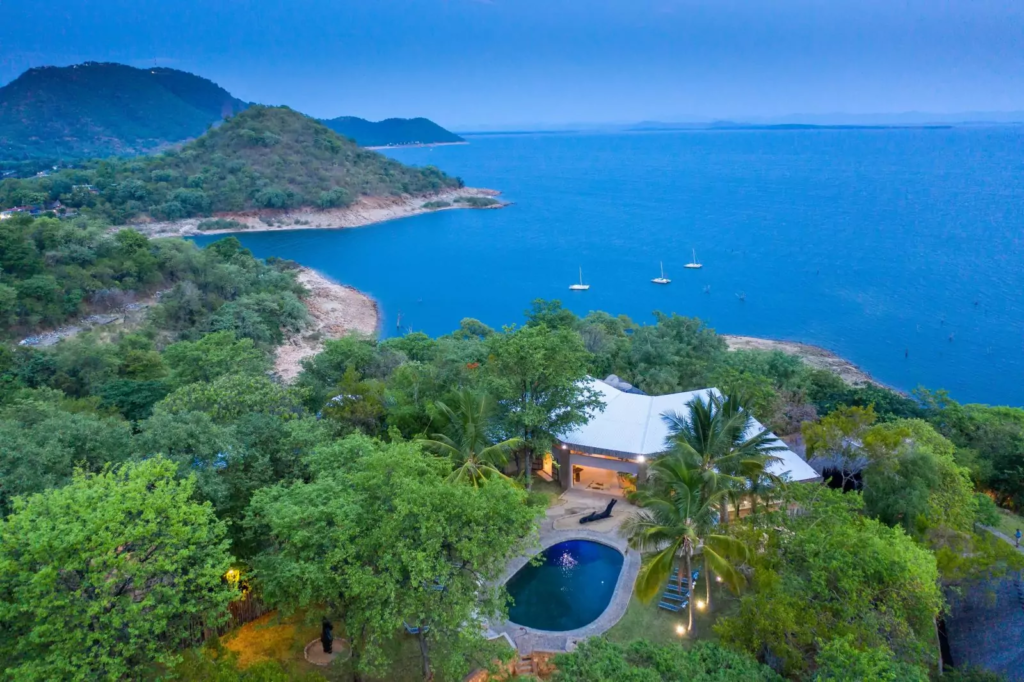
Lake Kariba is one of the largest man-made lakes in the world and offers a stunning setting for outdoor activities and relaxation. The lake is home to a variety of wildlife, including hippos, crocodiles, and numerous bird species. Visitors can enjoy boat cruises, fishing, and sunset viewing along the shores of the lake.
The lake’s islands, such as Chete and Sanyati, provide opportunities for camping and wildlife viewing. Lake Kariba’s tranquil atmosphere and scenic beauty make it a popular destination for nature lovers and adventure seekers.
8. Nyanga National Park
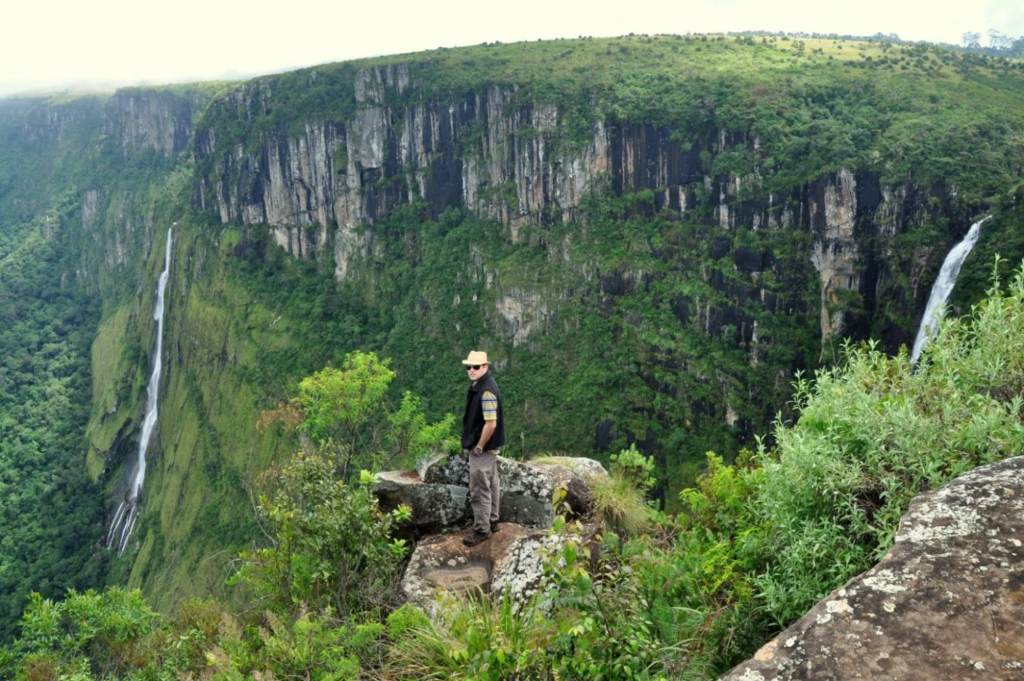
Nyanga National Park is located in the eastern highlands of Zimbabwe and is known for its stunning landscapes, including mountains, waterfalls, and lush forests. The park offers excellent hiking opportunities, with trails leading to the summit of Mount Nyangani, the highest peak in Zimbabwe.
Visitors can explore the park’s diverse flora and fauna, including rare species of plants and animals. The picturesque landscapes and cool climate make Nyanga a refreshing escape from the heat of the lowlands.
9. Harare
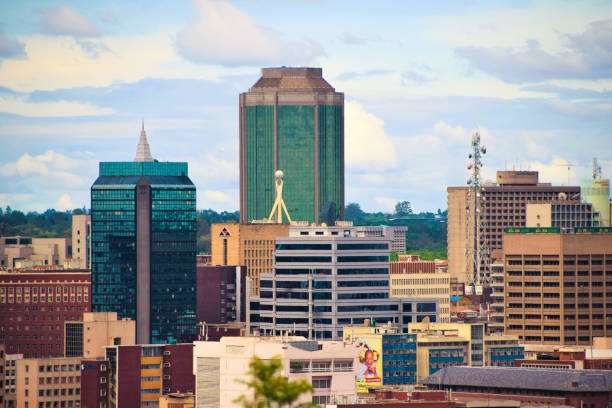
Harare, the capital city of Zimbabwe, is a vibrant urban center with a rich cultural scene. Visitors can explore local markets, art galleries, and museums, such as the National Gallery of Zimbabwe, which showcases contemporary and traditional art. Harare’s parks, including Harare Gardens and Mukuvisi Woodlands, offer a tranquil escape from the bustling city life.
The city’s diverse dining scene features local and international cuisine, allowing visitors to savor the flavors of Zimbabwe. Harare serves as a hub for exploring the rest of the country and experiencing its vibrant culture.
10. Bvumba Mountains
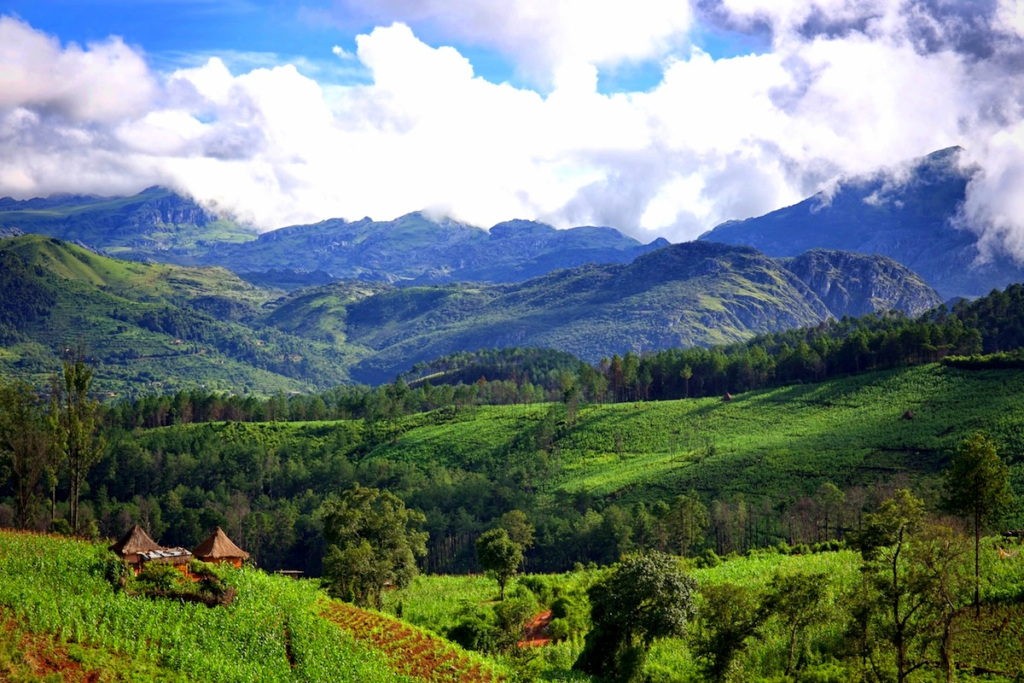
The Bvumba Mountains, located near the border with Mozambique, offer stunning views, lush vegetation, and a cooler climate. The area is known for its picturesque landscapes, including waterfalls and hiking trails. Visitors can explore botanical gardens, enjoy birdwatching, and relax in the tranquil surroundings.
The Bvumba Mountains are also home to various wildlife species and are a popular destination for nature lovers and hikers seeking to explore Zimbabwe’s natural beauty.
Culture
Zimbabwean culture is a rich tapestry of traditions, languages, and customs, shaped by its diverse ethnic groups. The country is home to over 16 recognized ethnic groups, each with its unique languages, traditions, and cultural practices. The most widely spoken languages include Shona and Sindebele, while English is the official language used in government and education.
Traditional music and dance are integral to Zimbabwean culture, with various regions showcasing their distinct styles. Instruments such as the mbira (thumb piano), marimba, and drums are commonly used in performances. Festivals and ceremonies celebrate important cultural events, such as harvests, weddings, and rites of passage.
One of the most significant cultural events is the Harare International Festival of the Arts (HIFA), which brings together artists, musicians, and performers from around the world to celebrate creativity and culture. The festival features a diverse lineup of performances, workshops, and exhibitions, showcasing the richness of Zimbabwean talent.
Festivals
Zimbabwe is known for its vibrant festivals that celebrate its rich cultural heritage. These festivals provide a unique opportunity for locals and visitors to experience the country’s traditions, music, dance, and culinary delights.
One of the most significant festivals is the Harare International Festival of the Arts (HIFA), which attracts artists and performers from around the world. The festival showcases a variety of artistic expressions, including music, dance, theater, and visual arts, promoting cultural exchange and creativity.
Another important festival is the Zimbabwe International Book Fair, which celebrates literature and promotes reading among Zimbabweans. The event features book launches, discussions, and workshops, bringing together authors, publishers, and readers to engage with the literary community.
The Kuomboka Festival, celebrated by the Lozi people in the western part of the country, marks the annual migration of the king from the floodplains of the Zambezi River to higher ground. This colorful event features traditional ceremonies, music, and dance, providing a glimpse into the rich cultural traditions of the Lozi people.
Economy
Zimbabwe’s economy is diverse, with agriculture, mining, and tourism as the primary sectors driving growth. The country is rich in natural resources, including minerals such as gold, platinum, and diamonds. Mining plays a significant role in the economy, providing employment and contributing to exports.
Agriculture is another vital component of the Zimbabwian economy, employing a significant portion of the population. The country’s fertile land allows for the cultivation of various crops, including maize, tobacco, and horticultural products. Zimbabwe is one of the largest producers of tobacco in Africa, contributing significantly to its export earnings.
Tourism has emerged as an essential sector for economic growth, with Zimbabwe’s natural beauty and cultural heritage attracting visitors from around the world. The government has been investing in infrastructure development to enhance the tourism sector and improve visitor experiences.
Cuisine
Zimbabwean cuisine is diverse and reflects the country’s agricultural abundance. The staple food is sadza, a thick porridge made from maize flour, often served with various relishes such as vegetables, beans, and meats. Sadza is a central part of Zimbabwean meals and is typically eaten with the hands.
Common dishes include:
- Sadza: A thick porridge made from maize flour, often served with stews and vegetables.
- Nyama: Grilled or stewed meat, usually served with sadza.
- Muriwo: Leafy greens often cooked with groundnuts or tomatoes.
Zimbabweans also enjoy a variety of fruits, such as mangoes, bananas, and avocados, which are abundant in the region. Traditional drinks include maheu (a fermented drink made from maize) and chibuku (a local brew made from sorghum).
Top Eight Most Famous Food






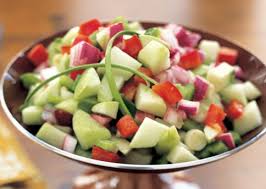
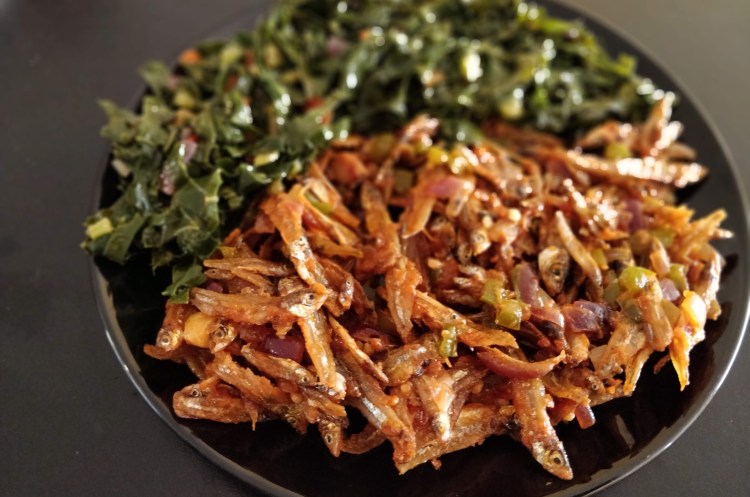
Interesting Facts
- Zimbabwe is home to the Victoria Falls, one of the largest and most stunning waterfalls in the world.
- The country has over 10 UNESCO World Heritage sites, showcasing its rich cultural and natural heritage.
- Zimbabwe is known as the “Land of the Great Zimbabwe,” referring to the ancient city built by the ancestors of the Shona people.
- The Zambezi River, which flows through Zimbabwe, is the fourth-longest river in Africa and offers various adventure activities.
- Zimbabwe has a diverse range of wildlife, with over 500 species of birds and numerous mammals, including elephants, lions, and rhinos.
- The country is famous for its rock art, with over 2,000 documented sites showcasing the ancient traditions of its indigenous peoples.
- Zimbabwe is one of the largest producers of tobacco in Africa, contributing significantly to its economy.
- The Great Zimbabwe ruins are one of the most significant archaeological sites in Africa, attracting visitors from around the world.
- Zimbabwe is known for its vibrant art scene, with talented artists creating stunning sculptures, paintings, and crafts.
- The Harare International Festival of the Arts (HIFA) is one of the largest arts festivals in Africa, celebrating creativity and culture.
Conclusion
Zimbabwe, a land of stunning landscapes and rich cultural heritage, offers a wealth of experiences for travelers seeking adventure, wildlife, and cultural immersion. From the majestic Victoria Falls to the ancient ruins of Great Zimbabwe, the country’s diverse attractions captivate visitors and leave them with unforgettable memories. Whether exploring vibrant cities, indulging in traditional cuisine, or embarking on thrilling safaris, Zimbabwe invites you to discover its wonders and embrace its warm hospitality.

